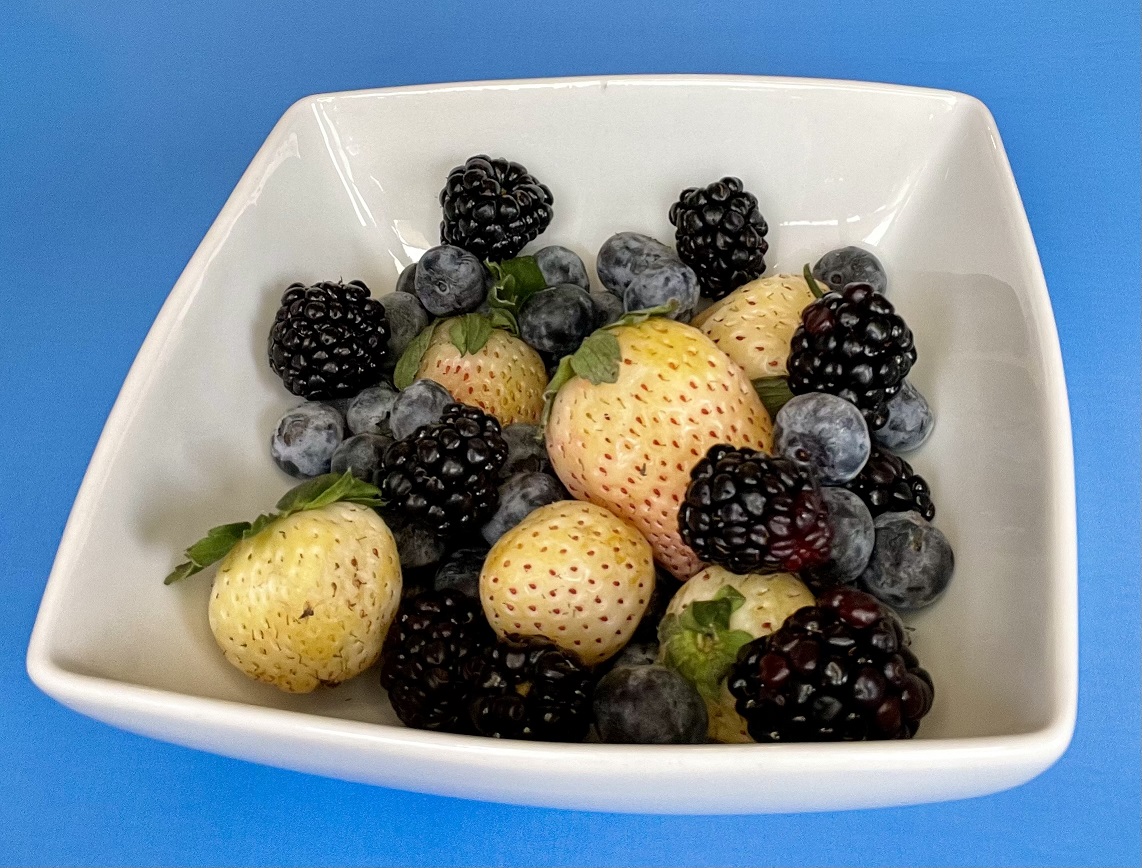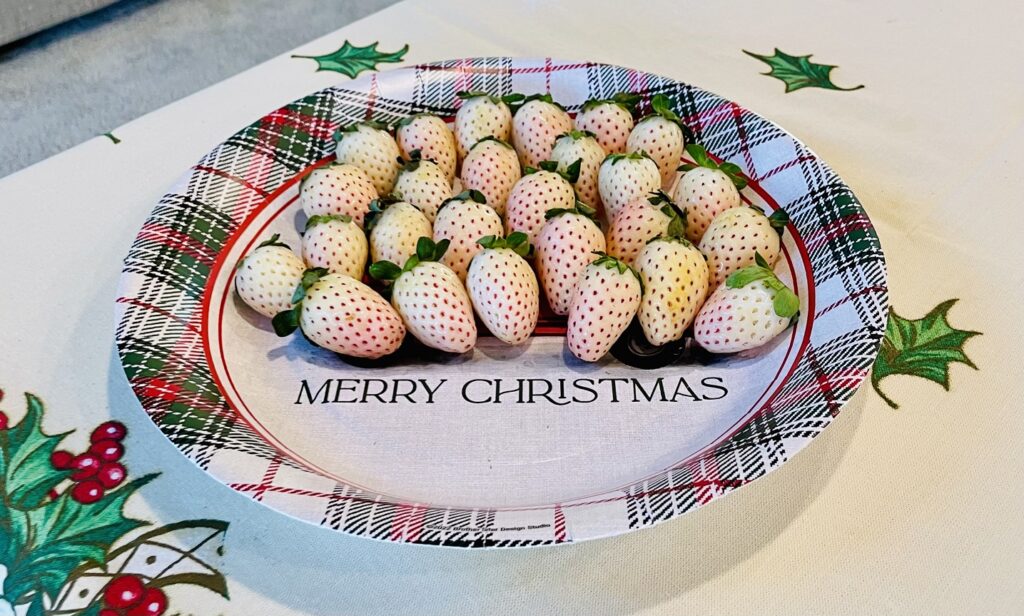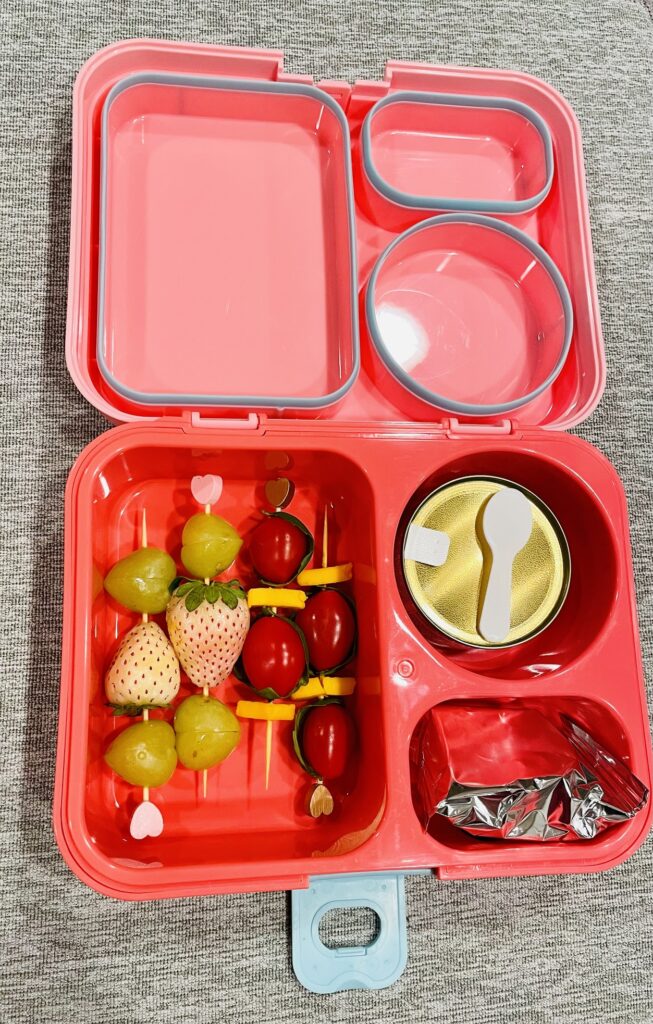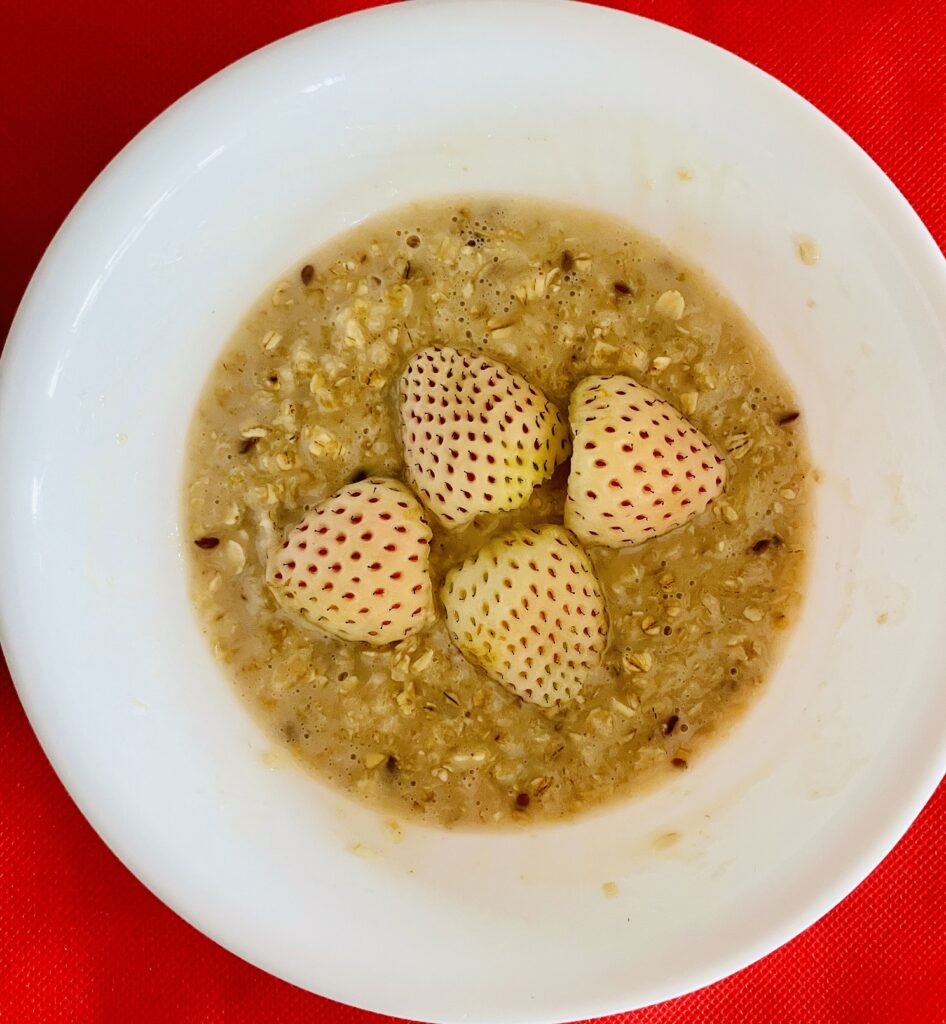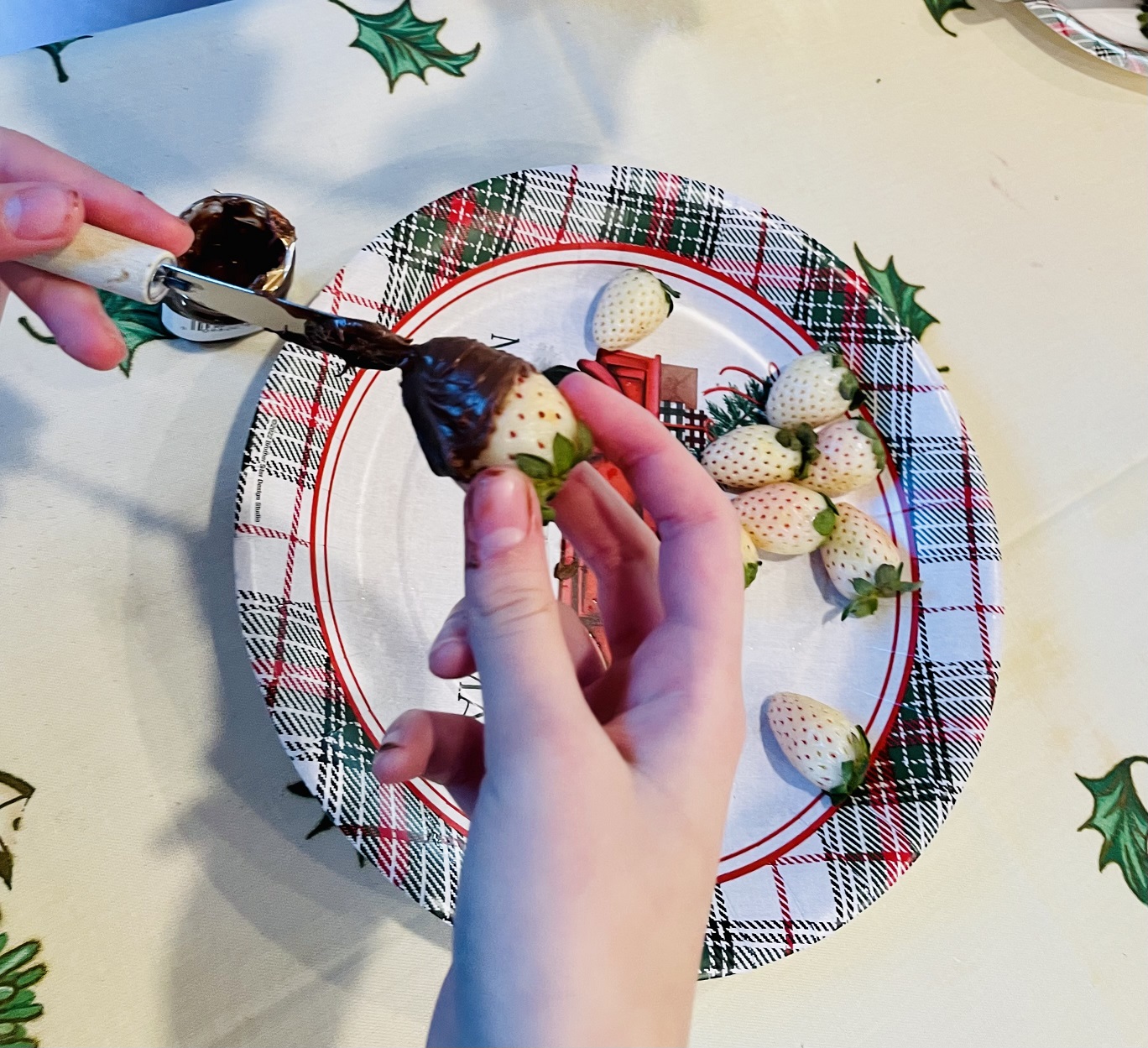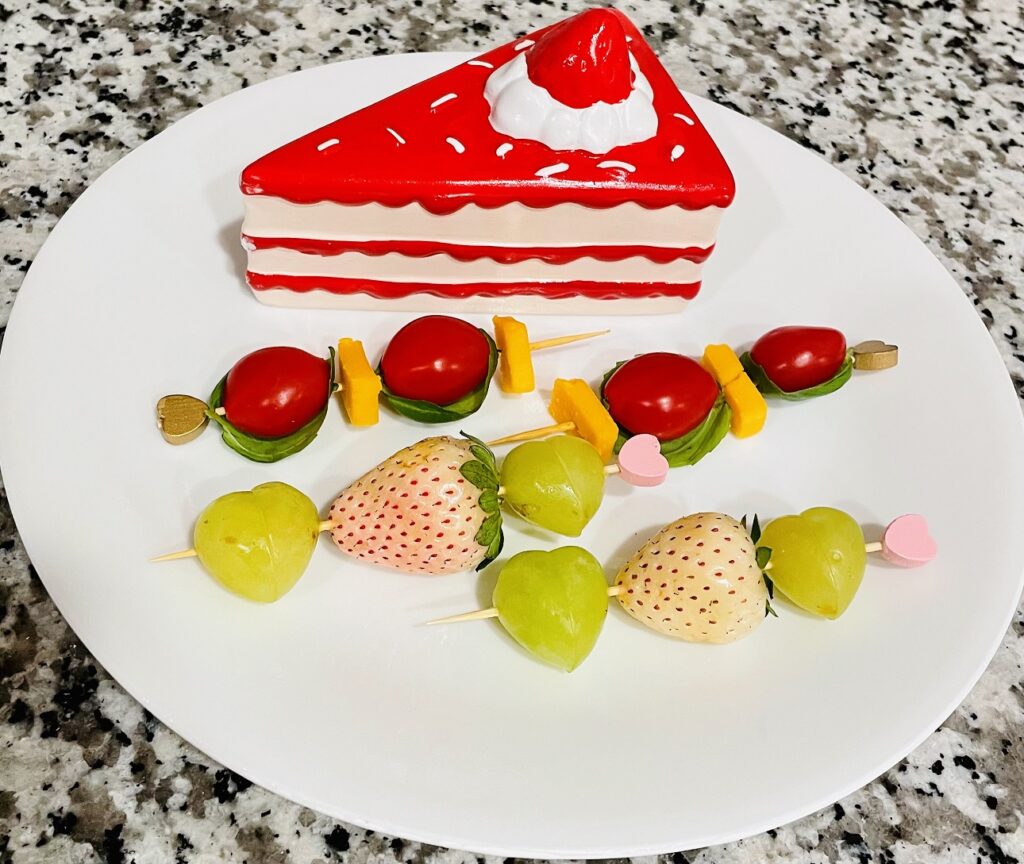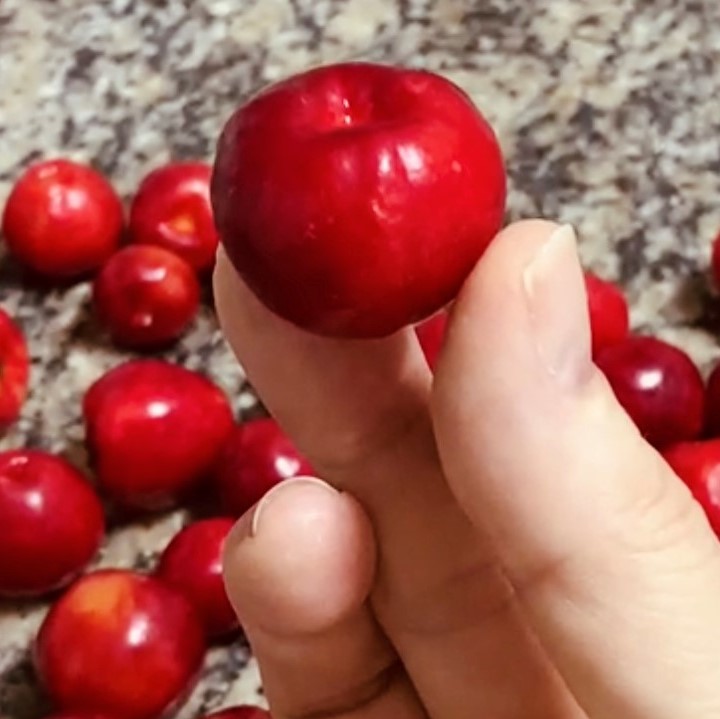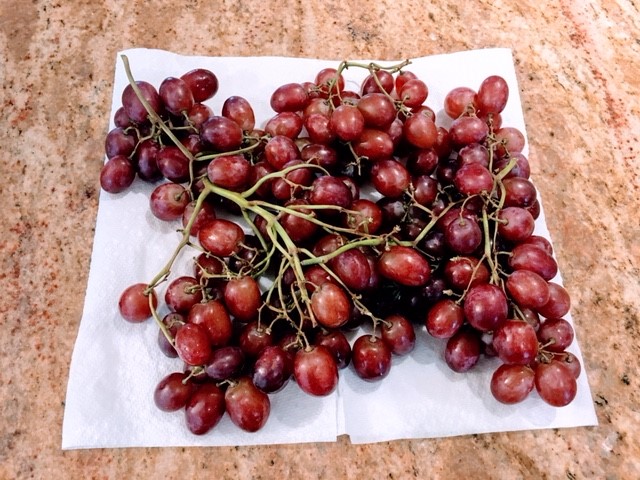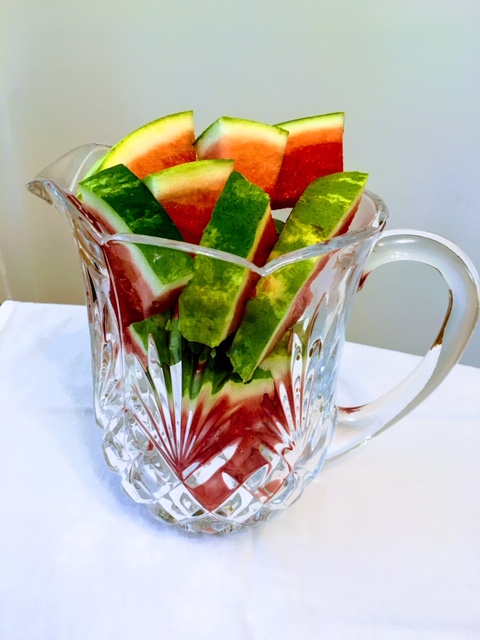
Green is for luck! And if that is what you are looking for, you came to the right place! Get lucky by benefiting from eating a delicious, green fruit: kiwi. Often found year round, this fruit is in season from October through April. So you can enjoy it any time, and even better when they are in season like in the month of March. Let’s learn the benefits of this lucky fruit! Don’t miss out on the amazing kiwi!
Great for your digestive system: Kiwi is full of fiber. Particularly prebiotic fiber that feeds the beneficial bacteria in our gut and promote their growth. Constipation and other gastrointestinal issues can be reduced with fiber. When you eat a heavy meal with lots of protein or too much dairy and you feel bloated, eat kiwi! This fruit contains Actinidain, an enzyme that breaks down protein in foods for better digestion.
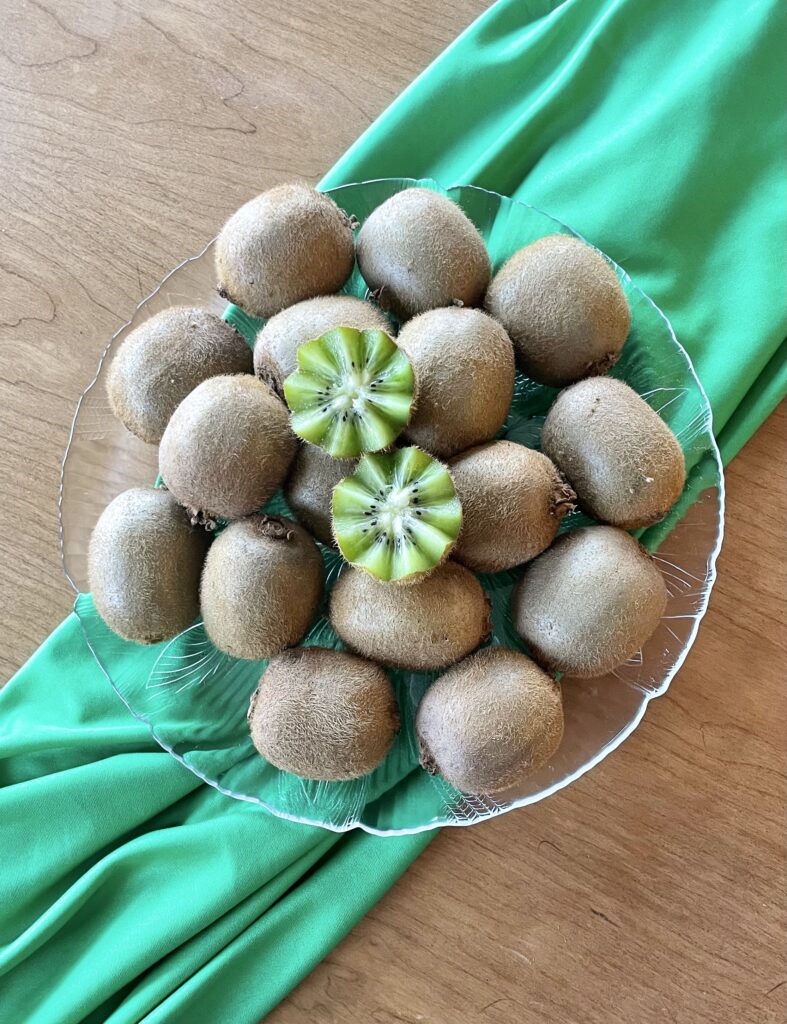
Kiwifruit helps support heart health: This fruit is a good source of potassium which helps reduce high blood pressure and stroke. Kiwi also contains no saturated fat or cholesterol. This may reduce the risk of coronary disease. Lastly, you can find a high amount of vitamin E – about 1.40 mg per 100g. Vitamin E maintain blood vessels healthy, reducing the risk of heart attack.
Full of Antioxidants: Kiwi is not only full of vitamin E, it also has twice the daily recomended amount of vitamin C. These vitamins gives us immune support to keep strong throughout the day, and avoid getting colds. In addition, the antioxidants found in kiwi protect us against free radicals caused by daily living. Antioxidants can boost our overall heath and help prevent cancer, for example.
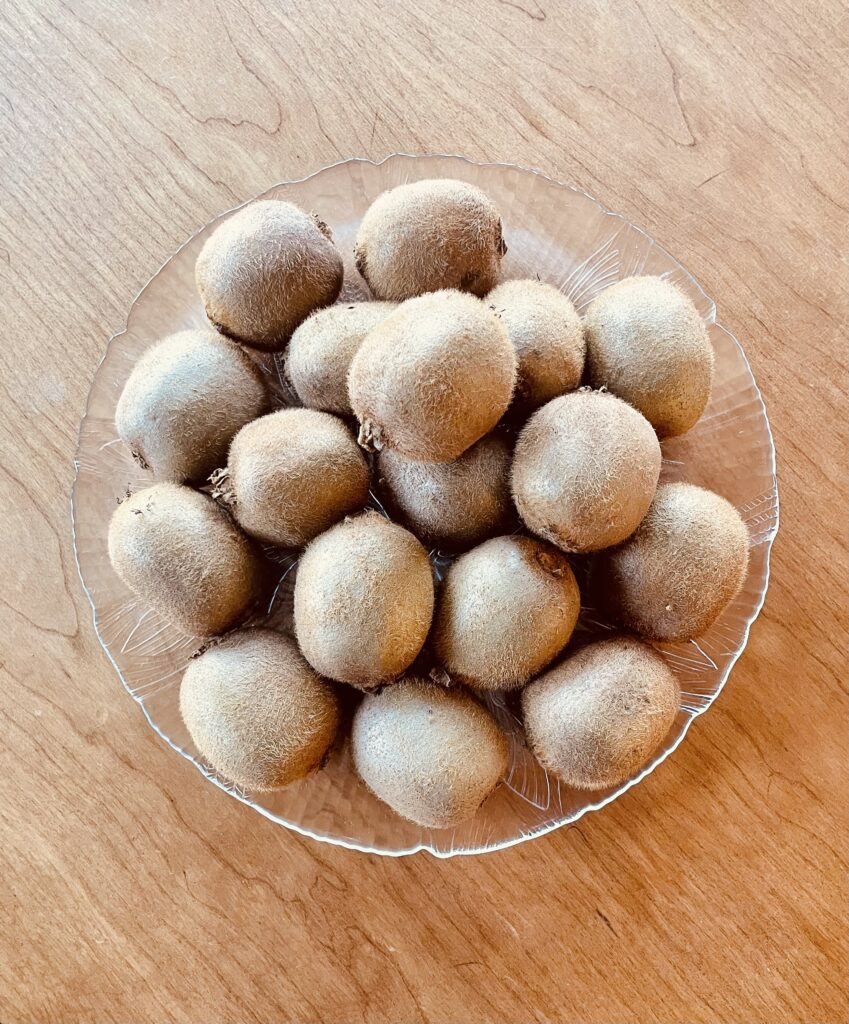
Kiwi is benefitial to the eyes: Lutein and zeaxanthin are carotenoids found in kiwi. They can help rebuild the macula, the center of our retina, preventing macular degenaration. A patient with this disease can suffer from vision loss. Also, kiwi contains a great amount of copper. This mineral helps maintain a healthy function of the nervous system. It allows our retina to work even better!
